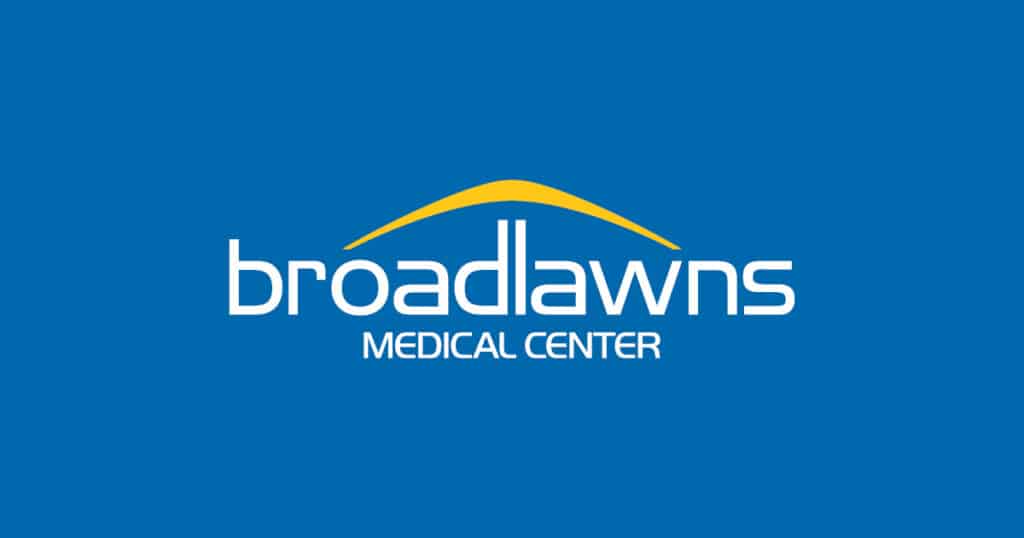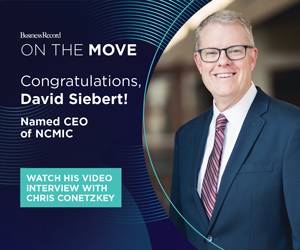THE BIG QUESTION: What are the most significant changes that health-care reform has meant for your organization and for businesses?
It's been a year and a half since Congress passed the Patient Protection and Affordable Care Act. Though it has not been lighting up most Iowans' radar screens, the health-care industry is already beginning to feel some of its effects. We asked four Central Iowa health-care leaders what the impact has been so far.

Ed Brown
CEO, The Iowa Clinic P.C.
We are putting a lot of energy into information technology in order to meet the health-care reform standards for meaningful use (of electronic health records). That is something that’s critically important for our organization to get accomplished. Second, we’re putting in place our technology for patient care management, as well as piloting (new) workflow systems. Then, the third thing – and we’re working with the hospitals on this – we’re trying to collaborate on better methodologies of (disease) management, for conditions such as cardiovascular diseases.
The last thing about this is economic uncertainty. Washington remains in a financial crisis, and where the health-care bill (funding) falls out, it’s unclear. The accountable care organization regulations that came out (as part of the legislation) were so onerous that 93 percent of health-care organizations said they are not going to participate unless they are significantly modified. The (U.S. Centers for Disease Control and Prevention) is rewriting those regulations, but (accountable care organizations were) one of the hallmarks of the Affordable Care Act. If that doesn’t work, where do we go from there? That was supposed to be the piece that bent the cost curve.
Keith Heckel
Executive vice president of sales and marketing, Wellmark Blue Cross and Blue Shield
I think the overall impact has really been on putting the infrastructure in place to meet the mandates, both in the short term and the long term. And we have been working diligently to meet the deadlines in the first part of the law. There were a number of things we had to put in place in what we call the first wave, including a ban on recissions, a ban on lifetime limits for coverage, increasing dependent coverage up to age 26, no cost sharing on deductibles and offering policyholders the option (for their plan) to be grandfathered or not. (For Wellmark), I wouldn’t say (the new requirements) have had a tremendous impact on costs. We have some of the lowest administrative costs in the industry.
(For employers), I think the overarching theme is on education. The law is well over 2,000 pages. The biggest challenge for businesses is understanding all of the rulings and how it may or may not impact them. We’ve been spending a tremendous amount of time on doing that. Secondarily, the broader bucket is assisting businesses in trying to control health-care costs.
I think expanding all of these provisions is having a positive impact (on policyholders). Even the transparency around rate reviews; that gives everybody a better idea of what’s driving health-care costs.
Sean Yolish
Vice president of benefits, Merit Resources Inc.
This year was a tough year for businesses, because the new rules and regulations were significant. And there are a host of things that are creating a lot of uncertainty for businesses. I think a lot of people are going to be throwing up their hands, saying, “I’m not in business to be an expert on health insurance.”
There has certainly been a lot of talk lately about employers dropping coverage. A McKinsey (& Co.) survey indicated 30 percent of employers said they would drop coverage (by 2014), and a Mercer (LLC) survey said 20 percent of small businesses would drop coverage. However, a Congressional Budget Office estimate says that only 7 percent will drop coverage. And 68 percent of employers are anticipating an increase in overall health-care plan costs as a result of the reform provisions.
We’re not seeing (Central Iowa employers dropping health coverage), but we are getting ready to communicate what rates will be for renewals. It’s going to be a difficult message this year. Many small businesses are working hard just to get by, and they will be hit by 10 to 15 percent increases. Nationally, the average increase is looking like 12-plus percent, and the medical inflation trend is between 8 and 9 percent. How much premiums actually increase depends on the group and its (claims) experience.
Steve Flood
Senior vice president, Holmes Murphy & Associates Inc.
As everybody knows, when they passed health-care reform, it was what I call front-end-loaded with the things that everybody agreed on – coverage of kids, routine and preventive coverage. So everything that has gone into effect so far has had limited costs and impact on employers. Because the insurance carriers have this medical-loss-ratio requirement, that has forced a tremendous amount of transparency around the use of the health insurance dollar. It’s getting to the place where people finally understand that the insurance companies are paying out a bunch of money. If there really was a lot of money (to be made) in health insurance, there would be more than a handful of health insurers operating in Iowa.
The next step we see coming is pricing transparency by the providers. There are already tools available to consumers to provide price comparisons for similar services and quality. So the consumers will have the tools that they never did before, which I think is really key to managing costs. So if you today have a plan that has a $500 or $1,000 deductible, but you go to a higher deductible, say $3,000, you’re probably going to use that tool, I think.
I think (health reform has) really given employers an opportunity to take a couple of steps back and say, “Maybe I don’t have to do it this way anymore.” We see the ones that are going to stay in the game are going to put significantly more burden on their employees to be as healthy as genetically possible.











